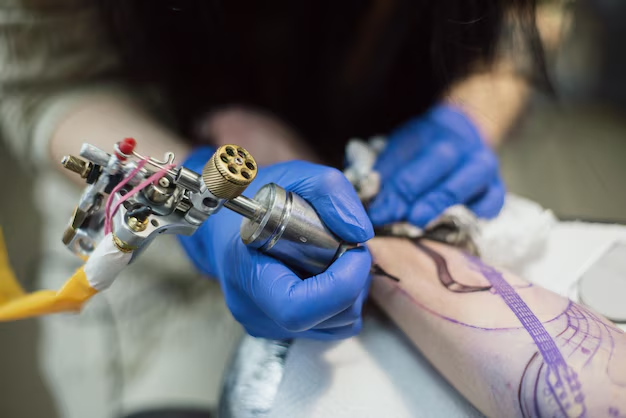Considering a Tattoo as a Diabetic? Here’s What You Need to Know
Tattoos have been a medium of self-expression and art for centuries. But for those with diabetes, getting inked isn't a straightforward decision. Is it safe for someone with diabetes to get a tattoo? This is a common question in the diabetic community, and the answer isn't entirely black and white.
Understanding the unique considerations for diabetics when getting tattoos can guide you towards making an informed choice. It all starts with managing your diabetes well. Good blood sugar control is crucial—if your levels are consistently out of range, healing times can be longer, and the risk of infection increases. Most health experts advise diabetics to consult their healthcare provider before getting a tattoo to assess individual risks.
Challenges and Precautions
Healing can take longer for those with diabetes, which makes proper aftercare even more critical. Here are some key points to consider:
- Choose a reputable tattoo parlor: Look for licensed, professional tattoo artists. Hygiene standards should be your top priority.
- Monitor blood sugar closely: Keeping your blood sugar levels in check can significantly improve the healing process.
- Location matters: Avoid areas with poor circulation, such as ankles or shins, as these can be problematic. Inner arms or the upper body might be better options.
Discuss any concerns with your doctor; they can provide insights tailored to your specific health situation.
Financial Implications and Support
While the focus might primarily be on the physical implications, it’s worth considering the financial aspect of tattoos, especially if you need to plan for unexpected medical costs or treatments.
Here are ways diabetics can access financial aid if needed:
Government Aid Programs
- Medicaid: Might cover some aspects of diabetes management; great to explore if you qualify.
- Medicare: Provides assistance particularly for those over 65, or with certain disabilities.
Financial Assistance and Relief Options
- Patient Assistance Programs (PAPs): Many pharmaceutical companies help patients with the cost of drugs — incredibly helpful if medical treatments arise post-tattoo.
Credit and Savings Solutions
- Health Savings Accounts (HSAs): Allow you to set aside pre-tax money for medical expenses, including any complications from tattoos.
- Low-Interest Credit Options: Check for credit cards designed for medical expenses for those unexpected costs without high-interest rates.
Educational and Informational Opportunities
- Online Webinars and Workshops: These can provide insightful details on managing diabetes effectively and preempt potential issues related to tattoos.
- Local Diabetes Education Programs: Often available through local health departments or organizations such as the American Diabetes Association.
Considering these tools can steer you towards a financially secure decision.
Summary of Financial Resources
Here’s a quick guide to financial assistance and support tools:
- 🏥 Medicaid/Medicare: Explore eligibility for medical assistance.
- 💸 Patient Assistance Programs: Check with pharmaceutical companies for help with medication costs.
- 💳 HSAs and Flexible Spending Accounts (FSAs): Pre-tax savings for medical needs.
- 🏦 Low-Interest Medical Credit Cards: Consider for covering unexpected costs.
- 🎓 Diabetes Education Webinars/Programs: Stay informed and prepared.
By evaluating both the health and financial aspects, diabetics can make a more informed decision about whether a tattoo is the right choice for them. Understanding the importance of good sugar control, choosing the right tattoo artist, and knowing your financial options can help ensure the experience is as safe and enjoyable as possible.
